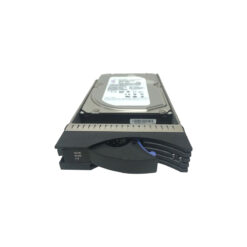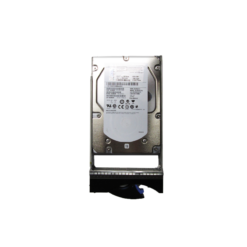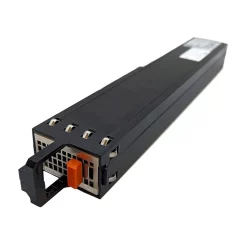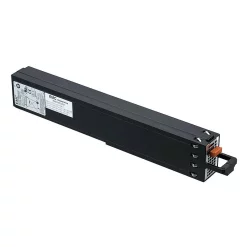Overview of EMC Unity Hybrid Flash Technology
EMC Unity Hybrid Flash storage arrays are designed to offer a balance of performance, scalability, and cost efficiency, making them ideal for midsize IT environments. By integrating flash drives and traditional spinning disks, these arrays enable organizations to maintain high levels of performance without incurring the full costs associated with all-flash storage.
Key Features of EMC Unity Hybrid Flash
- Hybrid Architecture: Combines SSDs and HDDs to optimize performance and cost.
- Unified Platform: Supports block and file storage, providing flexibility for diverse workloads.
- Data Management: Offers features like snapshots, replication, and tiering to enhance data handling capabilities.
- Simplified Management: Provides an intuitive interface with robust APIs for seamless integration.
- Scalability: Supports a broad range of capacity requirements, suitable for evolving business needs.
Architecture and Technical Specifications
The EMC Unity Hybrid Flash arrays are built on a 64-bit operating system, known as the Unity Operating Environment. This architecture ensures efficient handling of both block and file data services.
Hardware Specifications
| Component | Specification |
|---|---|
| Processors | Intel Xeon processors |
| Storage Connectivity | FC, iSCSI, NFS, CIFS, SMB |
| Drive Options | Flash (SSD), SAS, and NL-SAS drives |
| Maximum Drives | Up to 500 drives |
Data Flow and Mechanisms
The Unity architecture leverages dual-controller active-active setups, allowing seamless data processing and efficient load balancing. Data is initially cached on faster SSDs for quick read/write operations, and a background process periodically moves less frequently accessed data to slower, high-capacity HDDs. This tiering mechanism ensures cost-effective performance optimization.
Functionality and Integrated Technologies
EMC Unity Hybrid Flash arrays incorporate various technologies to enhance storage management:
- FAST VP (Fully Automated Storage Tiering for Virtual Pools): Automatically moves data between tiers to optimize performance without manual intervention.
- Snapshots and Replication: Provides simple scheduling and management for data protection and disaster recovery.
- CloudIQ: Cloud-based analytics for performance monitoring and predictive analytics.
Comparison with Competing Technologies
EMC Unity Hybrid Flash is frequently compared with NetApp FAS and HPE Nimble Storage.
Strengths of EMC Unity Hybrid Flash
- Comprehensive support for multiple protocols, including both block and file storage.
- Robust data services without additional licensing fees.
- User-friendly management interface, reducing administrative overhead.
Potential Weaknesses
- While hybrid systems offer cost benefits, they might not match the high I/O performance of all-flash arrays in certain intensive workloads.
- Limited flexibility in hardware upgrades compared to software-defined storage solutions.
Use Cases and Real-World Applications
EMC Unity Hybrid Flash is particularly suited for environments with varied workloads. Examples include:
- Medium-sized Enterprises: Balance of performance and cost for applications like databases, email servers, and virtual desktops.
- Multi-Protocol Storage:** Efficient handling of diverse workloads requiring block and file storage, such as research institutions with large datasets.
- Branch Offices: Deployed in branch offices for local storage needs while integrated with the central data center for unified management.












